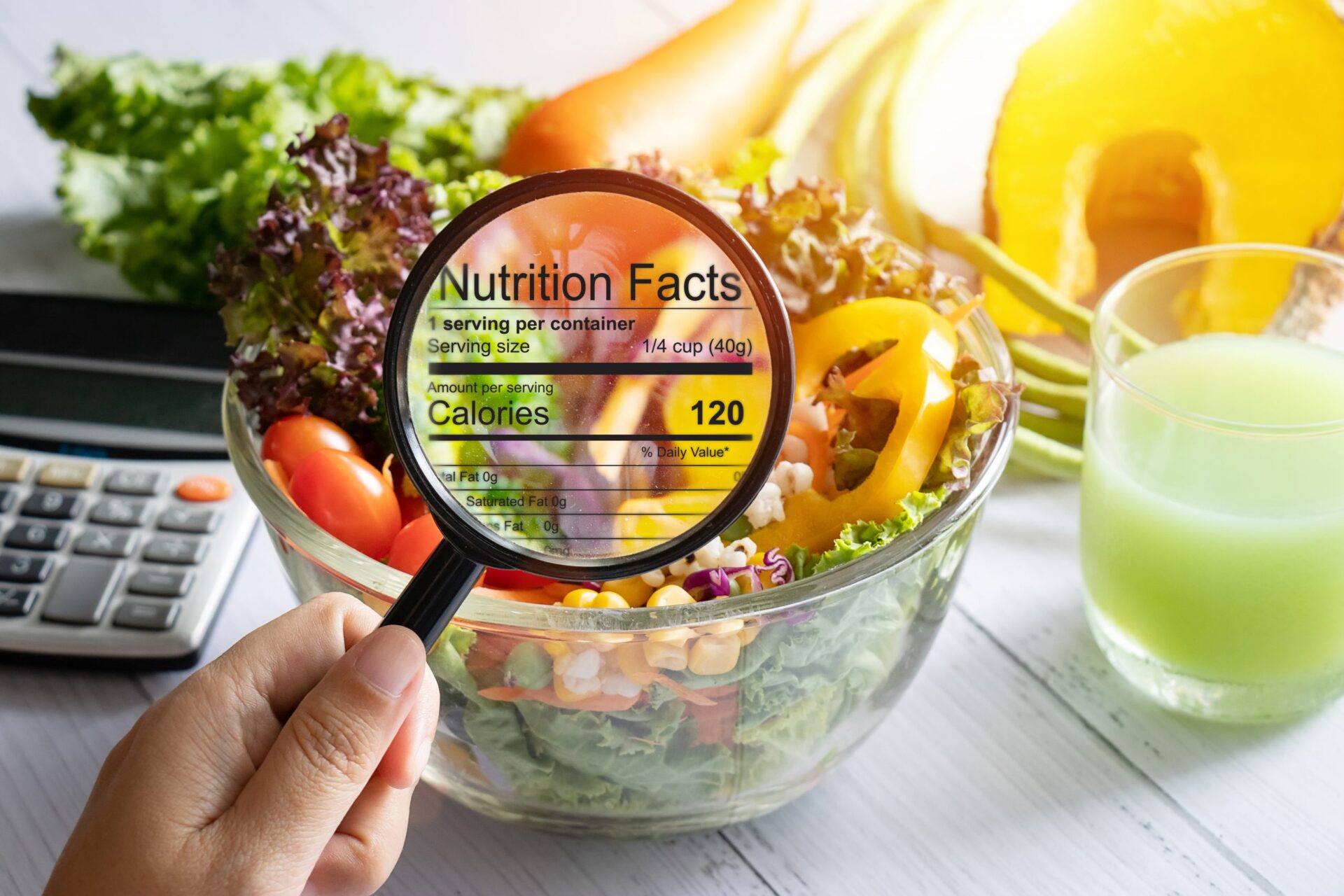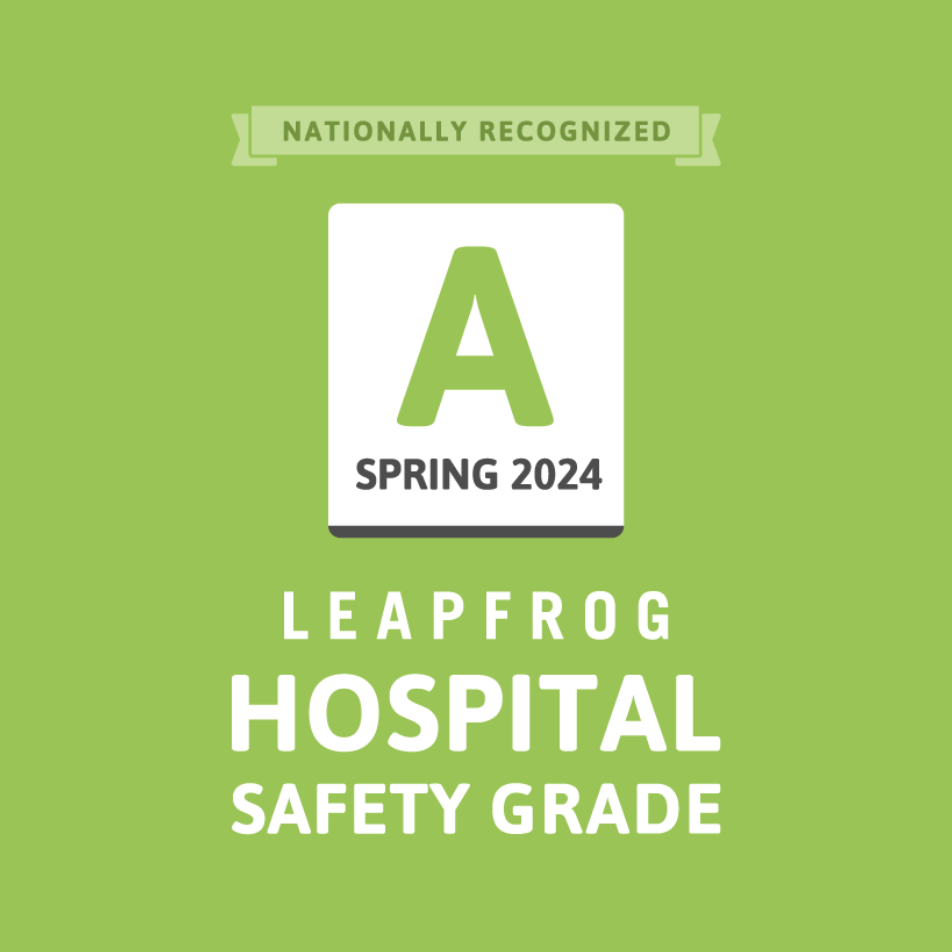- Find a DoctorDoctors by Specialty
- Cardiac Electrophysiology
- Cardiology
- Colon & Rectal Surgery
- Family Medicine
- Gastroenterology
- General & Vascular Surgery
- Gynecological Oncology
- Gynecology
- Infectious Disease
- Internal Medicine
- Interventional Cardiology
- Interventional Radiology
- Nephrology
- Neurology
- Neurosurgery
- Obstetrics & Gynecology
- Oncology
- Oncology & Hematology
- Orthopedic Surgery
- Otolaryngology
- Perinatology
- Psychiatry
- Pulmonary Medicine
- Radiation Oncology
- Rheumatology
- Sleep Medicine
- Thoracic Surgery
- Urology
- View All Doctors
- Our ServicesMedical Services
- Bariatric Services
- Behavioral & Mental Health
- Breast Care
- Cancer Care
- Critical Care
- Ear, Nose, & Throat
- Emergency Services
- Gastroenterology
- Glossary
- Heart Care
- Home Care
- Hospice & Palliative Care
- Imaging & Diagnostics
- Long-Term Care
- Nephrology
- Orthopedics
- Primary Care
- Rehabilitation Therapies
- Robotic-Assisted Surgery
- Sleep Services
- Spine Care
- Stroke Care
- Surgery Services
- Telehealth Services
- Urology
- Urgent Care
- Virtual Urgent Care
- Women’s Services
- Wound Care
- Our Locations
- Patients & Visitors
- About Us
Content authored by Chelsea Johnson, MS, RD, LDN

The Nutrition Facts label acts as a guide, helping you navigate food choices for your overall health.
These labels can be found on packaged foods and beverages like bread, sodas, sauces, cereals, protein shakes, yogurts, canned and frozen fruits and vegetables, and more. It can be daunting not only to read a label but also to translate it into an informed decision. Not sure about you, but the overwhelming amount of information on labels has often left me aimlessly choosing foods, unsure of the “best” choice. Luckily, the Federal Drug Administration (FDA) recently updated the Nutrition Facts label for the first time in over 20 years, making it easier to interpret.
You may wonder, why would we talk about the Nutrition Facts label in the oncology setting? Research shows us bodyweight and particular nutrients can influence cancer risk. Using the Nutrition Facts label to make small, powerful diet changes can be a huge step in proactively reducing your cancer risk. Hopefully, after today, you will feel confident tackling food and beverage choices using the Nutrition Facts label.
Calories
According to the Center for Disease Control (CDC), overweight and obesity have been linked to a higher risk of 13 cancers. The Nutrition Facts label is based on a 2,000 calorie diet, a general recommendation. However, each person has individual calorie needs to maintain, gain, or lose weight. Cancer specifically can influence calorie needs. A healthy body weight protects you not only from cancers but also heart disease and Type 2 diabetes. Talk to your registered dietitian about your specific calorie needs. Compare calories on the label to make a healthier food choice.
Remember: Food packages typically contain more than one serving. Double-check the serving size associated with the calories. Serving sizes do not equal recommended intake. Fortunately, the FDA label updates adjusted serving sizes to reflect a typical day. Plus, the calorie line is bigger and bolder.
Nutrients
Get more dietary fiber, vitamin D, calcium, and potassium. As part of a well-balanced diet, these high-quality nutrients keep us strong and healthy! Try Greek yogurt, low-fat cheese, almond milk, or orange juice to get both calcium and vitamin D. Potatoes, butternut squash, kiwi, banana, and salmon pack in potassium.
Get less sodium, saturated fat, and added sugar. In excess, these nutrients contribute to overweight and obesity. More processed foods miss out on adding cancer-fighting nutrients and can negatively influence your health. Check the label on things like salad dressings, cocktail sauce, barbecue sauce, frozen meals, and tomato sauce. Added sugars, sodium, and saturated fat can sneak into these foods. If you are looking for a flavorful sugar-sweetened beverage swap, try an unsweetened black tea with lemon or a warm cup of black coffee. These are rich in cancer-fighting properties.
A general rule of thumb: a daily value (DV) less than or equal to 5% is considered low, 20% or above is considered high.
Dietary Fiber
Dietary fiber is so powerful, playing a crucial role in cancer prevention, cardiovascular health, and bowel regulation. It deserves special attention. Not to mention, it is my favorite topic! Most Americans do not meet their fiber goal for the day, posing a health concern. Based on data from the American Institute of Cancer Research (AICR), every 10-gram increase in dietary fiber decreases the risk of colorectal cancer by 7%! Aim for around 30 grams per day. Beans, peas, whole-grain bread, vegetables, and fruits are high in dietary fiber. Don’t skimp on fruit and vegetable skins if edible- they hold a notable amount of fiber. Look for the dietary fiber line on the food label. 3 grams per serving or more is considered high. As you increase dietary fiber, remember to drink more water for normal bowel function.
Try this: A high-fiber, Mediterranean bean recipe! This is perfect to pack for a summer picnic.
Shopping Tips
- Shop the perimeter. Your freshest, highest-quality foods are typically on the perimeter of the store. Shopping the perimeter allows easy access to cancer-fighting produce like whole fruits and vegetables.
- Set personal goals. Know what you are prioritizing as far as health goals before grocery shopping or eating out. This helps narrow your focus.
- Take advantage of technology. To avoid lingering in the grocery aisles, compare food labels online beforehand. Want a physical tool to have on hand? Check out the nutrition facts label tip card.
*Learn more about the impact on nutrition and cancer in this blog post: Nutrition to Prevent Cancer
If you are a cancer patient at Thompson Cancer Survival Center, ask your care team to connect you with one of our clinical dietitians.
Resources:
- https://www.fda.gov/food/new-nutrition-facts-label/how-understand-and-use-nutrition-facts-label
- https://www.fda.gov/food/nutrition-education-resources-materials/new-nutrition-facts-label
- https://www.fda.gov/food/nutrition-education-resources-materials/health-educators-nutrition-toolkit-setting-table-healthy-eating
- https://www.fda.gov/media/131162/download
- https://www.dietaryguidelines.gov/sites/default/files/2021-03/Dietary_Guidelines_for_Americans-2020-2025.pdf
- https://www.cdc.gov/cancer/obesity/index.htm
- https://www.aicr.org/cancer-prevention/recipes/mediterranean-bean-salad/























